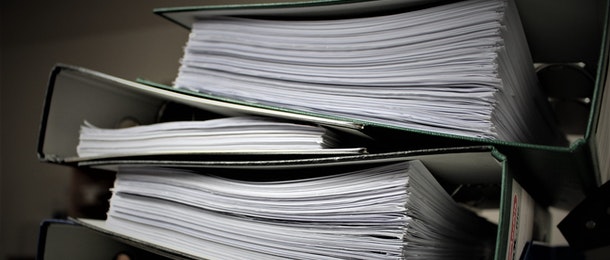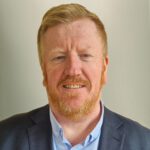SMSF trustees and practitioners should create documentation for every event that takes place within a fund to prevent any claims of non-arm’s-length dealings, which will often breach multiple sections of superannuation law.
ASF Audits head of technical Shelley Banton said a simple rule to avoid breaches of section 109 of the Superannuation Industry (Supervision) (SIS) Act, which relates to dealing on an arm’s-length basis, was “if the fund did it, the files should show it”.
“I think this holds true not only for section 109, but has universal appeal for everything an SMSF does,” Banton said during a webinar held by the audit firm today.
“It is a bold statement, especially when we’re trying to reduce red tape, but when you think about issues such as non-arm’s-length income, the Division 296 tax, market valuations and arm’s-length transactions, it’s critical to be on top of them because we have to take a holistic approach to the SIS legislation.
“The reason for that is the rules and the regulations don’t work in isolation, but they work together very intricately and very cleverly and now more than ever you need to be able to prove what happened and when.”
She gave the example of where trustees have withdrawn money from their fund on multiple occasions and treat that as a loan to the members, but do not have documentation so the loans are unsecured, no interest is paid and no repayment date is agreed upon.
“The contraventions here are section 62 – the sole purpose test, section 65 – financial assistance, section 84 – in-house assets, and section 109 – non-arm’s-length dealing,” she noted.
“Apart from ripping money out of the fund, there’s nothing to support the fact that those withdrawals were loaned to members.
“We’re not talking about backdating documents in these circumstances, because that’s fraud and a one-way referral to your professional body by the ATO, and also being penalised by the ATO in your capacity as a practitioner.
“What we’re talking about is putting something in place before it happens because if the fund did it, the file should show it.
“This means as accountants, advisers and auditors, we should be working together and while the documentation should reflect each of our professional areas of expertise, we all should be singing the same song.”




